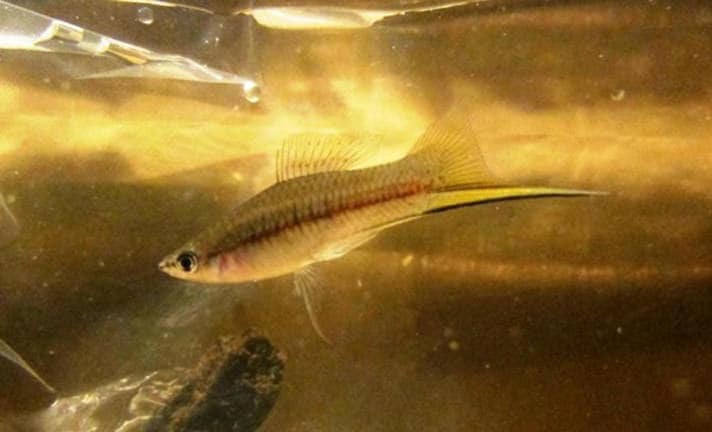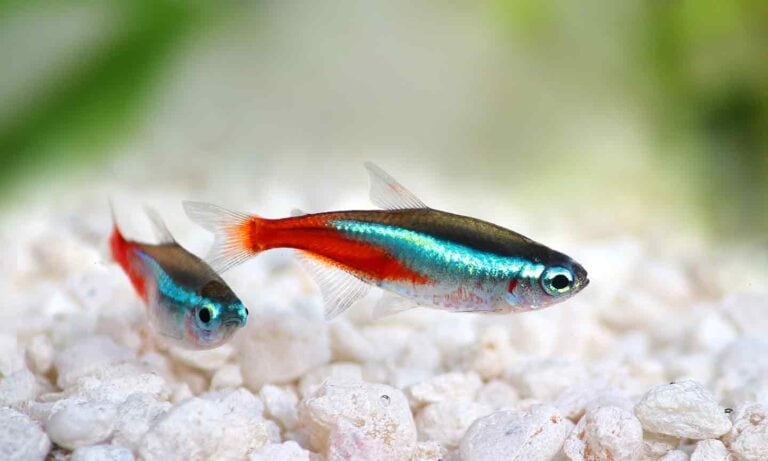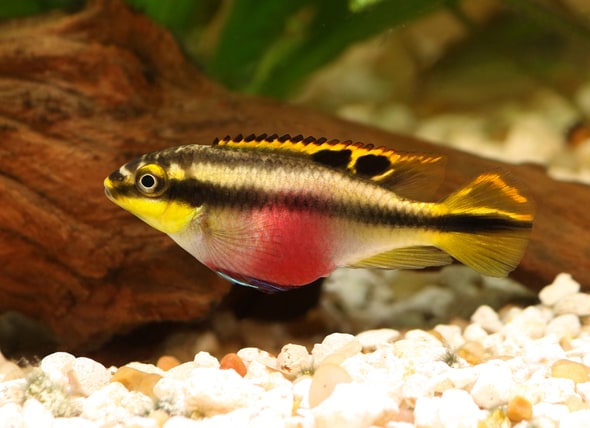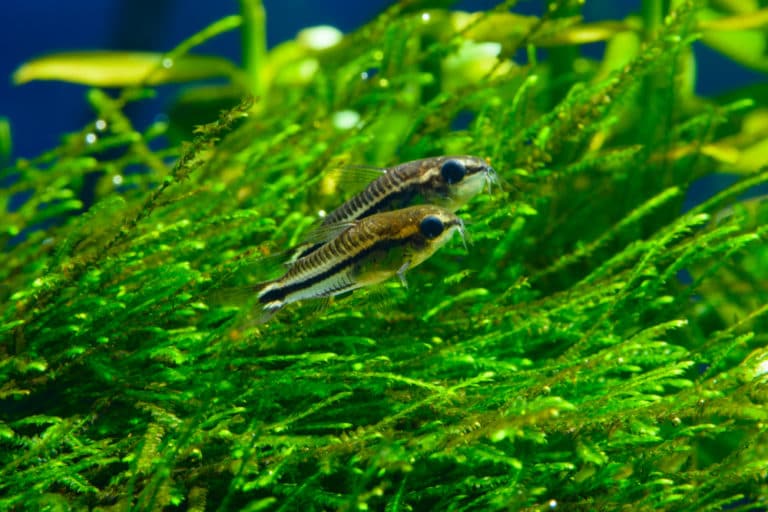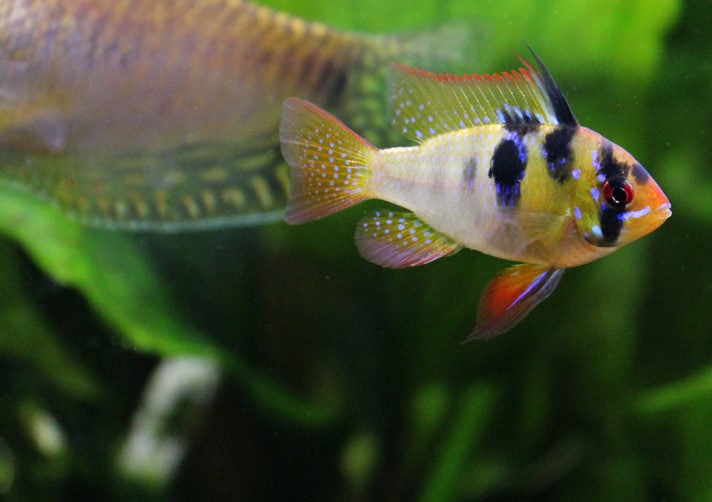Q.
I have heard that many livebearer fish make great fish for outdoor fish ponds. I have several aquariums in my home that house swordtails, mollies, guppies and other livebearing fish. Would it be all right to add these fish to my garden pond, then return them to the aquarium once winter arrives? The garden pond was seeded with my aquarium’s water, so all the parameters except temperature are similar to the indoor aquarium water.
Joanna Thomas
Charleston, West Virginia
A.
It’s true that certain livebearer fish make exciting fish to keep in garden ponds. Once summer temperatures are stable enough, it is possible to keep tropical livebearer fish in garden pond environments. I have even heard reports that these fish will spawn more actively in garden ponds than in the aquarium. Where I live in Maryland, summer temperatures swing quite a bit from day to night. You may see a day temperature in the high 70 degrees or low 80 degrees Fahrenheit, then a night temperature that drops into the 50-degree range. For this reason, I have never tried to keep tropical livebearer fish in a small garden pond. I would fear that even with a heater in the pond, the temperature swing would be too great to safely keep these animals healthy. If summer brings about similar temperature swings in your area of West Virginia, then I couldn’t recommend keeping livebearer fish in a garden pond.
What might prove more effective and easier to manage for you is keeping the fish in small 10- to 30-gallon plastic tubs. These could be arranged around the garden or on a covered deck or porch, limiting water entering them due to rainfall and also offering shade to protect from excessive sunlight. For this type of setup it would prove easier to manage temperature as the volume of water is much smaller than that of a potentially large garden pond. I would recommend a heavily planted environment for the fish if you choose this option. Anachris, which is a popular aquarium plant, would be a good choice to use because it could help maintain water quality, is hardy and grows quickly. Also, Anachris does not dominate the water’s surface like many pond plants do, making it easier to view your fish and determine whether or not they have produced fry. The popular dwarf cattails used in ponds could also be a good choice because they also can help maintain water quality. Anytime you are using plants outside, make sure that your plants do not enter a natural water source. There are documented cases where plant or algae species from aquariums or ponds became invasive in the environment and caused untold damage to ecosystems.
I would also recommend installing a heater on each fish tub. By doing this you ensure that even if nighttime temperatures do drop, there will not be a large enough temperature swing to cause the fish to perish or become stressed. Many people in the southern states keep fish, even marine fish and corals, in outdoor systems. Although in those states it seems like air temperatures are somewhat easier to gauge and there is not as large of a temperature swing from day to night.
Another thing that I would recommend is installing a UV sterilizer on the fish tubs. It is not uncommon for even heavily planted ponds to come under attack from algae and develop green water. Not only is green water unsightly; it makes it tough to see large fish like koi and likely impossible to point out small livebearers.
Among the livebearers, swordtails work best in garden pond or outdoor tub environments. Anything from a high-fin swordtail (Xiphophorus spp.) right up to the colorful and interesting Sanshoku swordtail (Xiphophorus spp.) should permit good results. One thing to remember is that all swordtail fish species are jumpers so some form of coverage for the fish tub/pond may be needed.
Posted by: Chewy Editorial
Featured Image: Via Bill Kasman/Flickr
Share:
